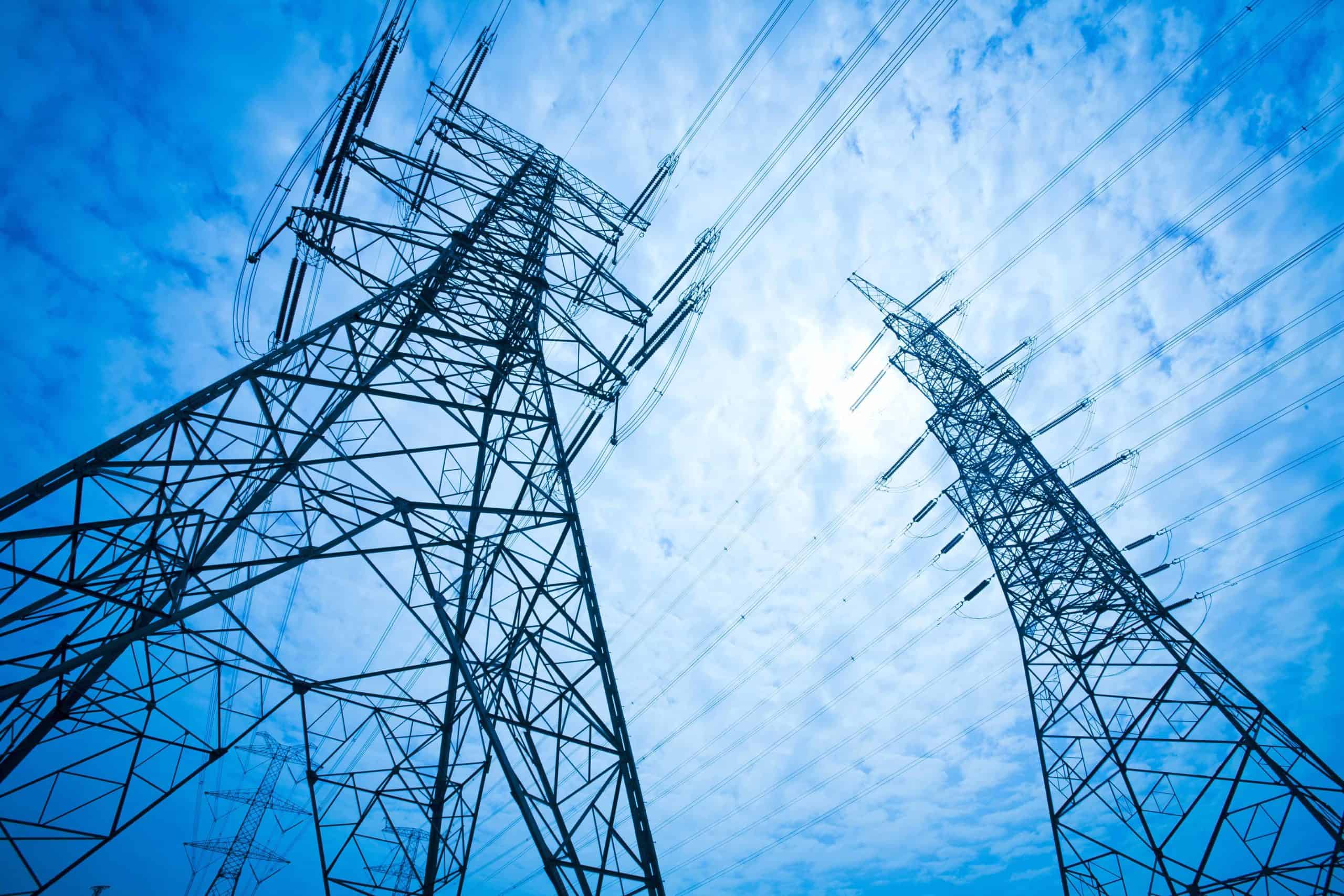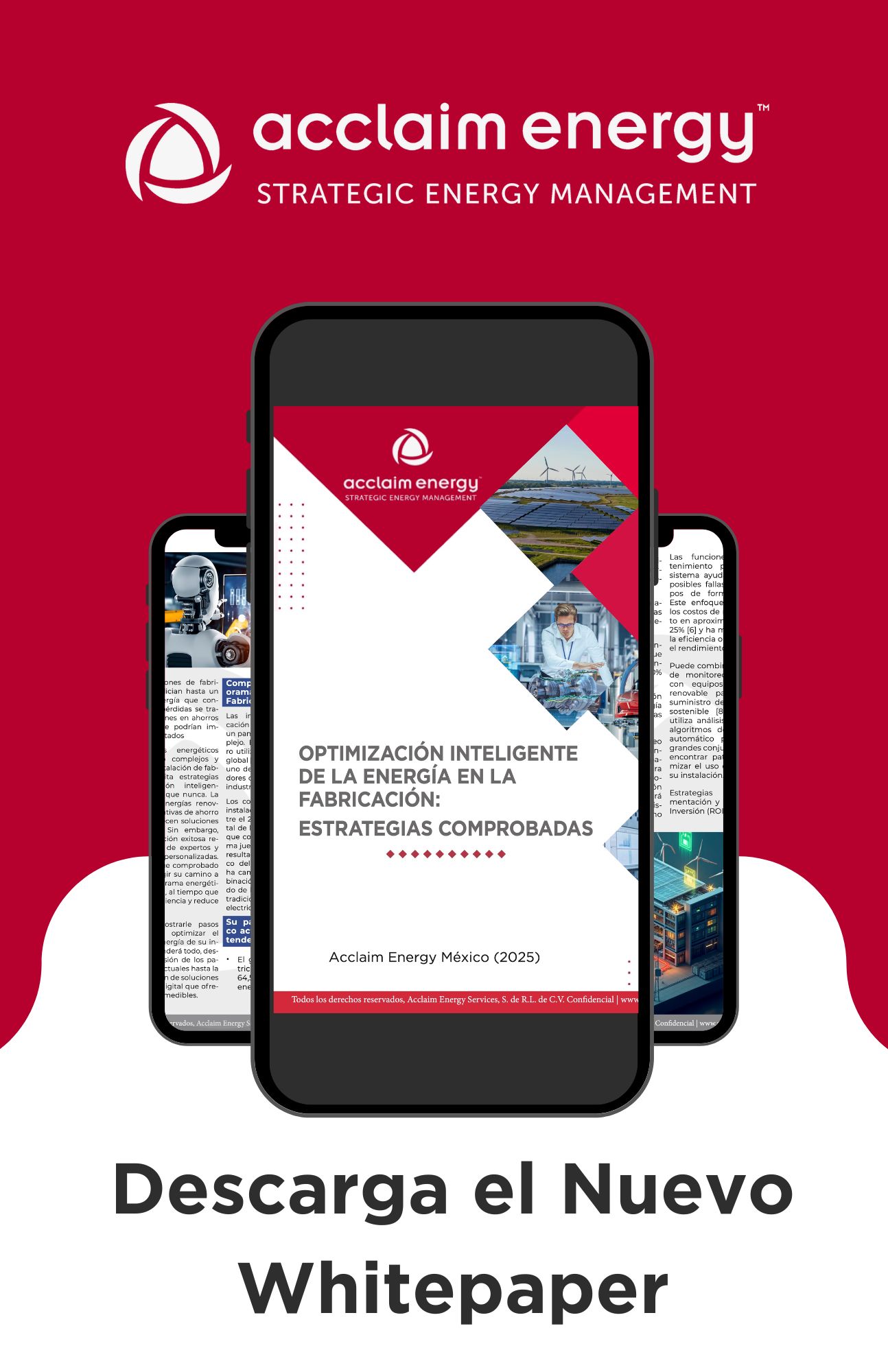Why Mexico needs a greater integrated energy grid with North America.

The application of the energy clauses and chapter of the new free trade agreement between the US, Mexico and Canada (USMCA Treaty or NAFTA 2.0) has been subject to many interpretations. Some argue that the USMCA Treaty confirms that the Mexico energy market must be open without any preferential treatment towards any market participant, whereas some think otherwise.
Regardless of any consideration, the energy chapters in the USMCA Treaty are based on the premise of a progressive integration of the energy market in the three signing countries. This means that the electricity, oil, and gas markets would work in a unified fashion.
In this context, the oil and gas markets have been already converging for some time. This convergence has accelerated after the Mexico Energy Reform began. An example is the great correlation that Mexico gas prices show against US natural gas indices such as the Houston Ship Channel.
The next step would be a greater integration of the electricity market following the model of the European Union (EU). The EU model is based on a greater interconnection capacity amongst the countries of the EU. If this model is followed, this means that Mexico must increase their interconnection capacity with the US. There are only two and four merchant interconnection points between Baja California and California (CAISO) and between the Sistema Integrado Nacional (SIN) and Texas respectively.
Baja California is a clear example of how a greater interconnection capacity with CAISO can bring benefits to consumers. The increase in interconnection capacity would provide access to California’s renewable generation fleet and reduce the lack of generation capacity in this part of Mexico. In turn, this greater access to renewable generation would lead to a reduction in prices Mexico consumers pay and would help to reduce the amount of renewable generation being curtailed in CAISO. CAISO reported that 11.5TWh of renewable generation was curtailed in 2019.
Some parallelism can be drawn between the situation in Baja California with the UK electricity market post-Brexit. Since January 1, 2021, the UK electricity market is no longer coupled with the EU market, so the UK cannot freely access cheap energy from France and the Netherlands. The UK has historically relied on electricity imports from mainland Europe to balance electricity prices and the grid, despite these electricity imports only accounting for circa 6% of the UK’s total annual electricity consumption. It has been estimated that the UK total annual electricity bill would increase by circa 2.7bn USD due to not having access to these electricity imports plus reliability problems in the grid.
Despite Brexit, it is expected that investment on interconnection projects would not suffer and some argue that this type of investment can only increase. A 2017 study performed by Imperial College’s Graham Institute indicates that the increase in interconnection capacity would be one of the main mitigants of the impact of Brexit on UK electricity markets. This study explains that the greater impact of Brexit on this type of investments would be an increase in the weighted average cost of capital (WACC) and in the rate of return sought by investors.
[1] Source: https://oilprice.com/Energy/Energy-General/Brexit-Creates-Major-Problem-For-UK-Energy-Companies.html
It is widely accepted that the economic viability of both public and private (merchant) interconnector projects is guaranteed within an efficient market. The investment costs would be recovered through the congestion between the injection and withdrawal nodes of the electricity. This means that price differentials between the different nodes must exist, so electricity can flow to the node with the greater price. The difference in price is paid to the owner/operator of the interconnector, which is often the TSO (Transmission System Operator), in exchange for “managing” the congestion. The TSO can also be compensated for its regulatory responsibilities, etc.
The “Cap and Floor” scheme is another approach to make interconnection projects viable. Under this scheme, the floor is set at a level which allows for the recovery of operational costs as well as debt servicing. The cap is defined to guarantee capital investors an adequate rate of return. It is also common for the “Cap and floor” scheme to include incentives to maximize interconnector availability.
It is worth noting that the economic benefit of the interconnector is not only for the import or export of electricity between countries. Mexico urgently needs more internal interconnection capabilities between the SIN with Baja California and Baja California Sur, so the Baja Californias can benefit from the renewable generation in Sonora and Chihuahua or the combined cycles in Sinaloa. An interconnection between the two Baja Californias is also needed so Baja California Sur can enjoy clean and cheap energy.
A critical aspect for the interconnectors to work is a stable regulatory environment and the unimpeded development of an efficient electricity market. The significant regulatory risk in Mexico is well known due to the nationalistic approach towards energy by the current Administration. However, Brexit also started as a nationalistic movement with a negative impact on UK consumers. As a result of this negative impact, the UK energy regulator, Ofgem, is seeking ways to reduce the impact of Brexit on the consumers and promoting a more efficient energy market. Moreover, National Grid, the CFE Transmisión y Distribución equivalent in the UK, is pushing forward to complete 2.8GW of additional interconnection capacity between the US and mainland Europe.
The example that the UK is setting after Brexit and the EU unified electricity market is the right model to follow. Mexico sits in a privileged position which allows the import/export of clean and cheap electricity and access to cheap gas (e.g., Waha, Houston Ship Channel, Henry Hub). This competitive advantage should not be wasted, and the necessary economic and institutional resources must be allocated to fully benefit from it.
The gradual integration process of the North American energy markets is allowing the consumer in Mexico to have free access to competitive natural gas and oil prices. The Mexico electricity market cannot be left behind and should seize the opportunity granted by the USMCA Treaty to incentivize investments. These investments would allow for the economic progress of Mexico and the Mexican consumers to enjoy cheaper electricity prices.




